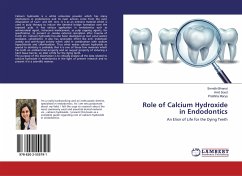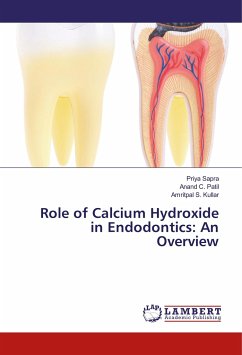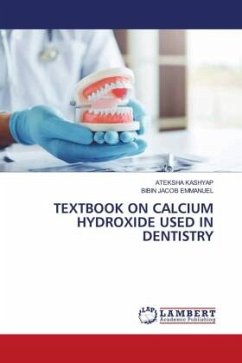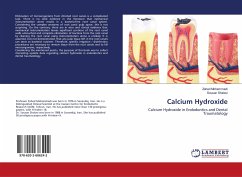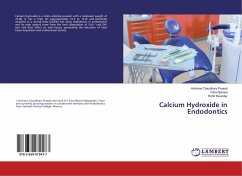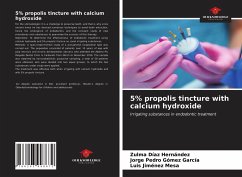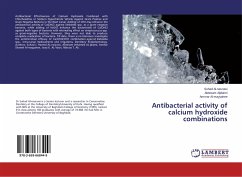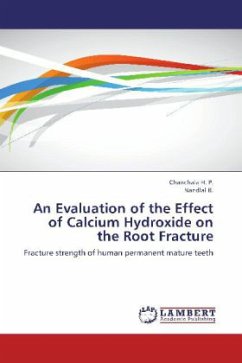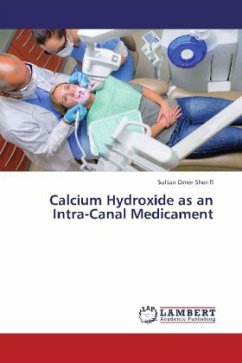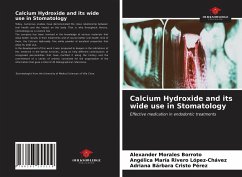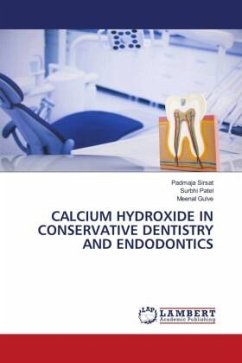
CALCIUM HYDROXIDE IN CONSERVATIVE DENTISTRY AND ENDODONTICS
Versandkostenfrei!
Versandfertig in 6-10 Tagen
45,99 €
inkl. MwSt.

PAYBACK Punkte
23 °P sammeln!
Since its inception dentistry has searched for a restorative material which would provide a painless and permanent replacement hoping that it would establish a permanent replacement for lost tooth structure, protect the remaining vital tooth structure, provide an environment which was non-irritating and palliative in which vital tissue could repair itself. To some extent they have fulfilled the requirements of replacing lost tooth structure; but failed to produce a restoration which establishes an environment that is non-irritating and palliative to the remaining vital tooth. It was observed l...
Since its inception dentistry has searched for a restorative material which would provide a painless and permanent replacement hoping that it would establish a permanent replacement for lost tooth structure, protect the remaining vital tooth structure, provide an environment which was non-irritating and palliative in which vital tissue could repair itself. To some extent they have fulfilled the requirements of replacing lost tooth structure; but failed to produce a restoration which establishes an environment that is non-irritating and palliative to the remaining vital tooth. It was observed long ago that an exposed pulp healed with great difficulty. Rebel summarized his thoughts in the expression, the exposed pulp is a doomed organ until Hermann's (1920) introduction of a material so eminent, which marked a new era in pulp therapy, when he demonstrated that a Calcium hydroxide induced dentinal bridging of the exposed pulpal surface. Since then the emphasis has shifted from the "doomed organ" concept of an exposed pulp to the one of hope and recovery. This book describes the multipurpose use of "gold standard" calcium hydroxide in conservative dentistry and endodontics.



